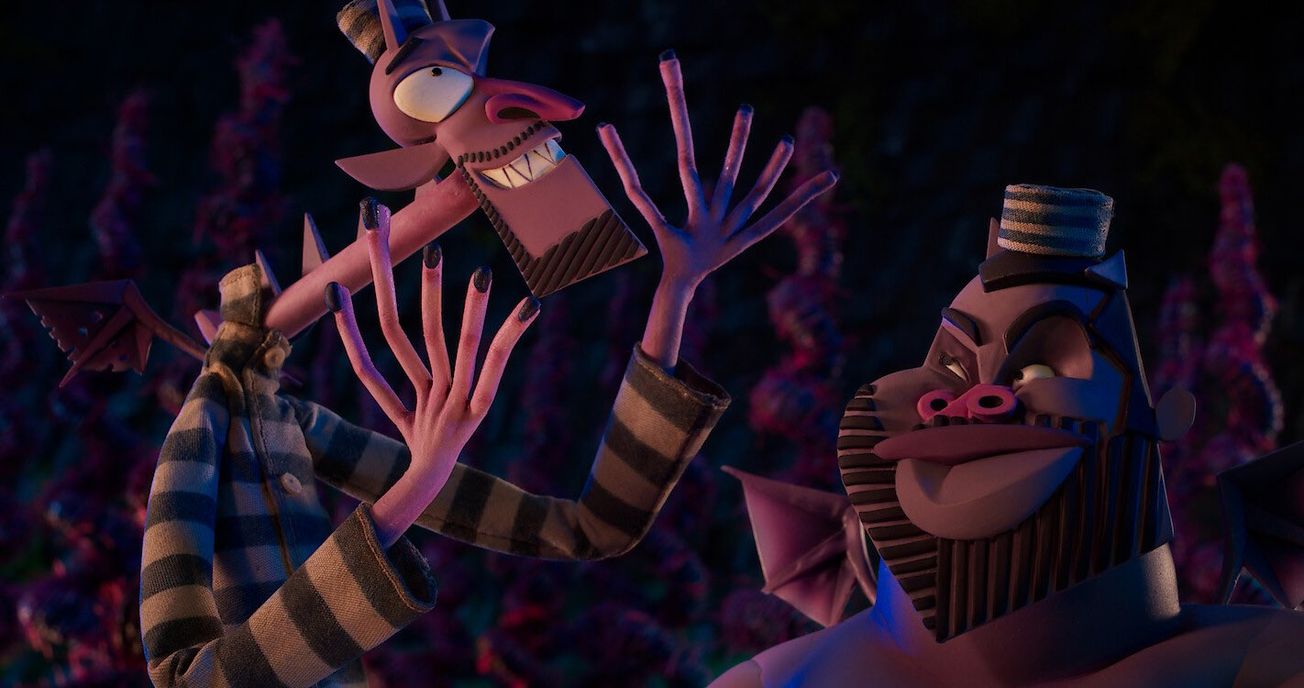By William Thompson, Second Year, Film and English
Nominally, the headline double act in this new Netflix animation is comedy duo Keegan Michael Key and Jordan Peele who feature in the film as the titular fictional pair, Wendell and Wild. However, perhaps the more intriguing team-up here is that of Peele, who’s arguably more famous now as one of the most hallowed names in horror cinema, and Henry Selick, cult stop-motion magician, best known for his extraordinarily inventive style.
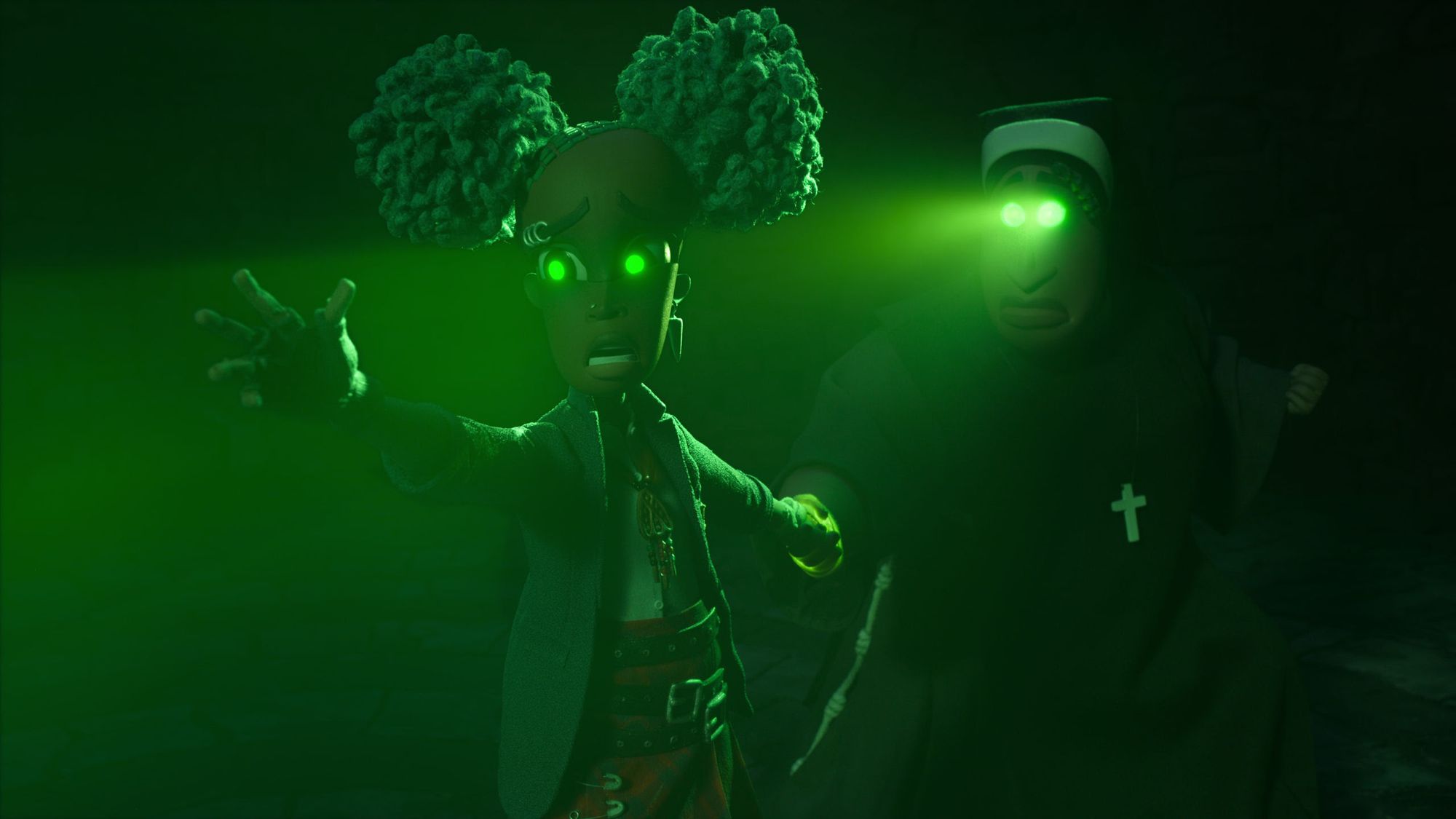
This wonderfully macabre comedy is the result. Wendell and Wild (2022) begins with teen Kat being transported in a prison vehicle into a grey, icy world. It’s supposed to be taking her to a second chance programme at a convent school, but, instead, her home town of Rust Bank brings back memories of her parent's death.
Yet, that’s only half the story, as beneath the earth, demons Wendell and Wild (Jordan Peele & Keeghan Michael Key) live in a carnival-coloured underworld. The demonic double act brings bickering energy and a series of morbid slapstick sequences to the film’s first act; one of the most glorious gags coming as they plan to carry out an experiment on their, unconventionally adorable. pet tardigrade, Sparksocket.
Like Kat, they are underdogs in their own world, living a grubby existence inside their demon dad's left nostril. It's the sort of gungey setting that lands with extra yuck in stop-motion.
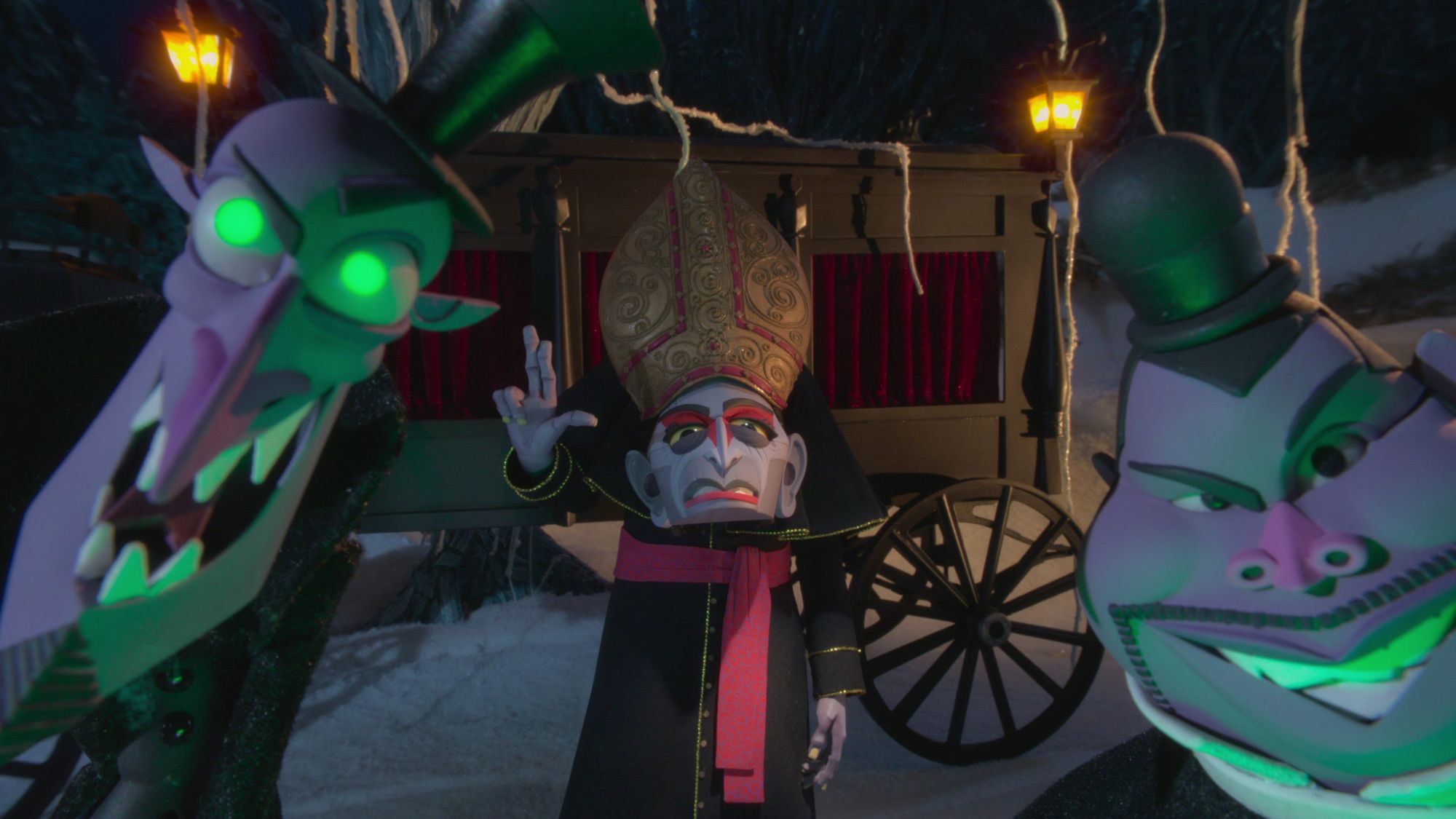
If smashing together two such different worlds seems a bizarre approach, it’s supported by Selick and Peele’s obvious desire to utilise animation’s unique ability to address serious themes in a silly way. It's an exciting and risky use of form that could only come from such an exciting uniting of filmmakers.
Everything is on a grand scale, with new filmic territory consciously being broached. Rust Bank is a town populated by a head-spinningly large cast of characters, who all have stories to vie for our attention. The film succeeds in making them memorable not just through barmy details (such as the gang of teen girls who scuttle around with a pet goat) but also through their three-dimensionality.
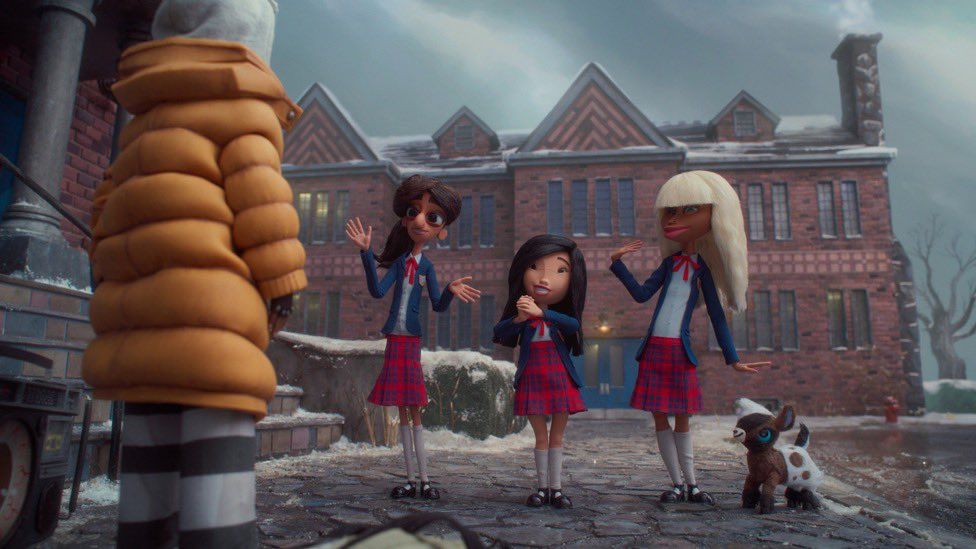
Nun Sister Helley (Angela Bassett) switches touchingly between Kat's teacher and Kat's friend based on their shared experiences. While Kat’s classmate Raul’s (Sam Zelaya) trans identity is not just tagged on but forms an interesting part of how he relates with others in the film.
The diversity of the characters helps the film’s message of community ring true. Especially in an area of film that’s previously been disappointingly exclusive in its portrayals, with reports this year of Disney muting LGBTQ+ representation in films like Turning Red (2022).
The voice acting is also top tier, with Maxine Peake a stand-out as a hilariously shrieky socialite and James Hong approaching his gravely Father Best with delicious slime.
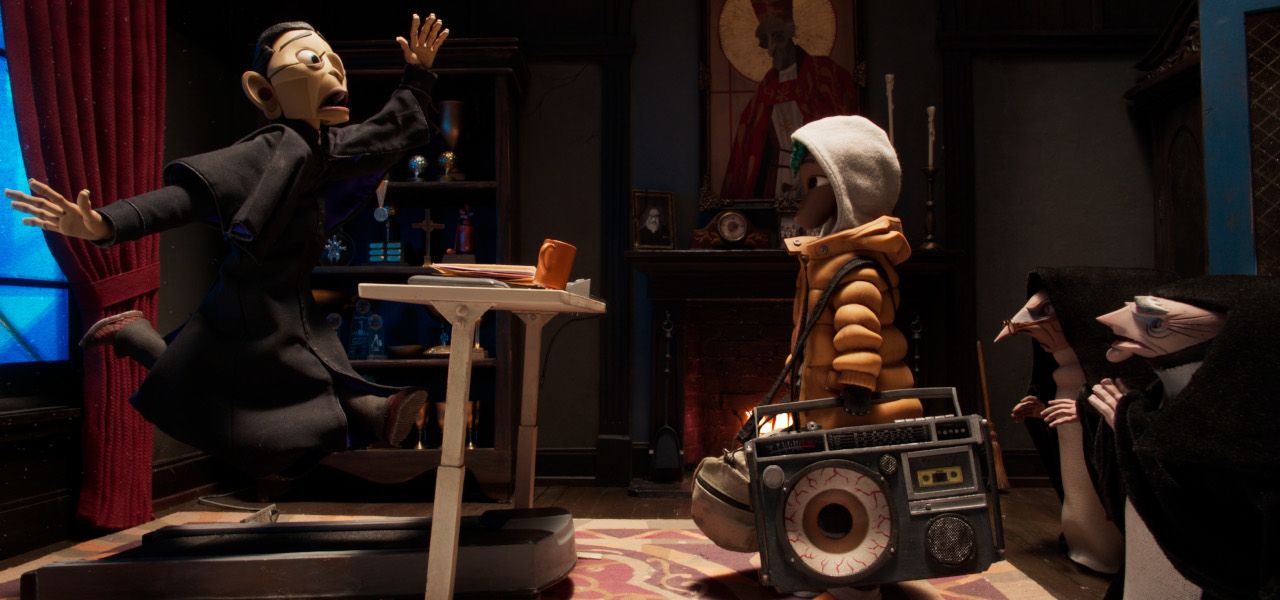
Amongst these impressively fleshed-out characters, the film still finds a place to participate in cartoon’s tradition of caricature, using it as another tool in its satirical arsenal. Recent political memory tells us that the moment David Harewood’s golf-playing, blonde toupéed Businessman Klaxon Lane appears on screen, that he’ll be pure evil.
Elsewhere, a playful gag sees a host of conservative-pro-prison voters literally portrayed as disintegrating corpses, grave worms popping out of various orifices. These political details feed nicely into Kat’s story as the film condemns a justice system that has left Kat with such poor prospects, and no longer considers that she has a future.
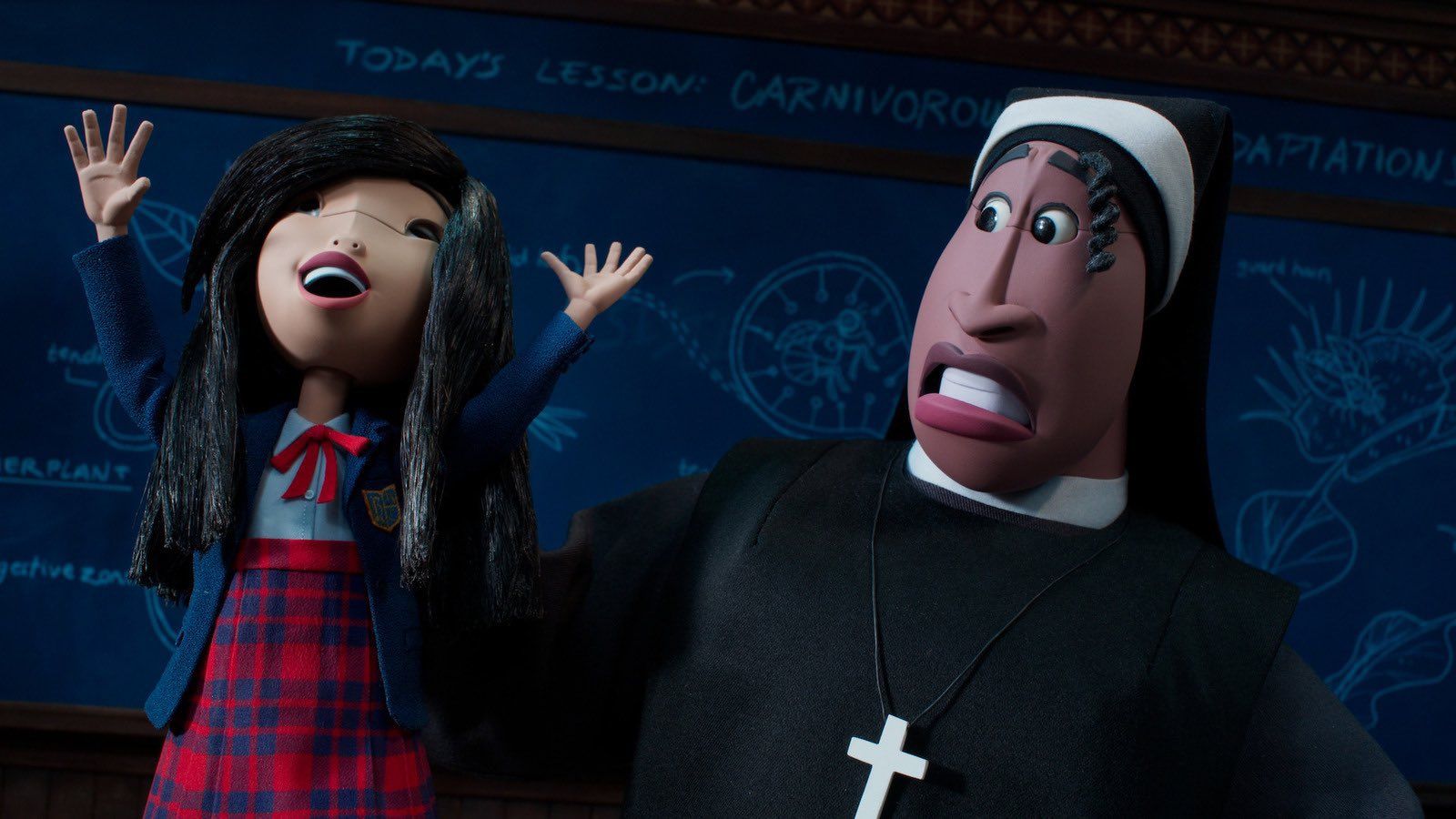
If the film’s plot and characters are breathlessly busy, the visuals easily keep you with it. The camera, not just satisfied to look at the gorgeous sets, opts instead to pinball the viewer into every corner of this handcrafted world.
Our route to the underworld, for instance, winds through a slimy complex of alimentary passages (making it, after Nope (2022), the second Jordan Peele title sequence this year to take place in a gullet). Once in hell, the style inventively switches to something more 2D and free form for the rapport between the two demons, with a limitlessness to their expressions that is reminiscent of the animation put over Robin Williams’ performance as the Genie in Aladdin (1992).
Chiefly, this is a spellbindingly frenetic loony tune, with Selick and Peele not so much finding a cohesive vision as jointly cartooning with abandon, delighting us with all the spectacle and imagination they individually bring to screen. It’s lovely to see a film that plays so gleefully with its form while keeping its heart so clearly and vocally in the right place.
Featured Image: Netflix, courtesy of IMDB
What did you think of Henry Selick's first stop-motion film since Coraline (2009)?

